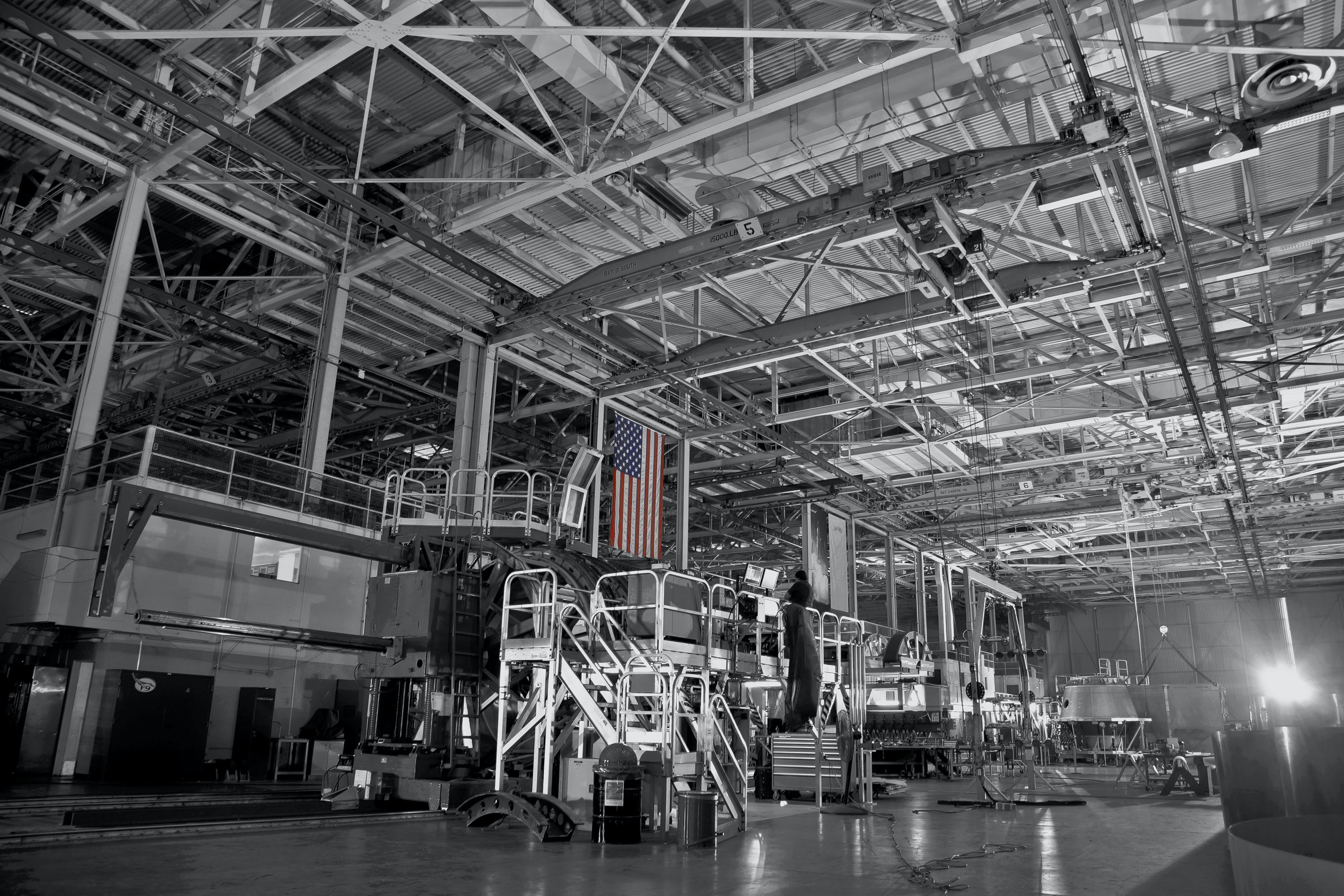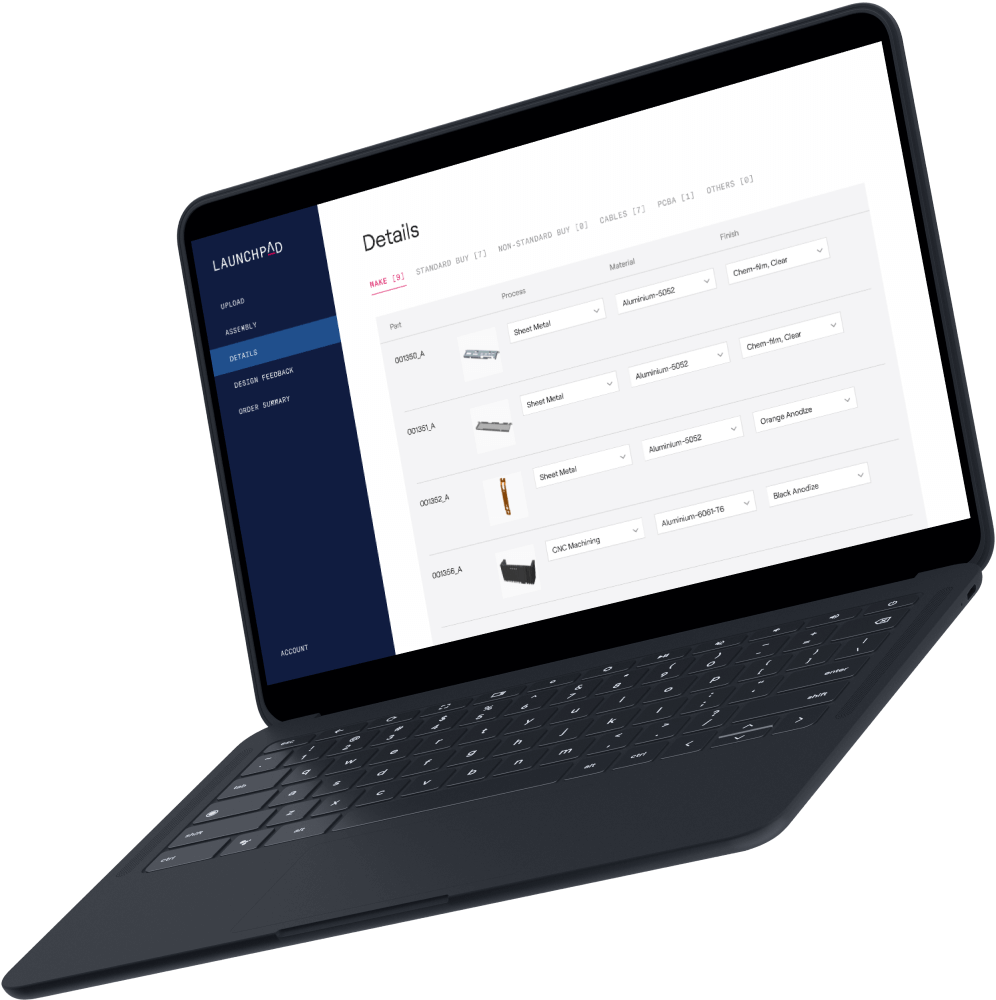
Designing products that are not only innovative but cost-effective to manufacture is a challenge that demands careful consideration of individual piece parts, materials, and the assembly process. Optimizing designs for ease of assembly while maintaining functionality and quality is critical to managing manufacturing costs. Past outsourcing, especially final assembly, to regions with low-cost labor drove a focus on design for scale, which is not the same as designing to reduce the marginal assembly cost. Companies now look to shorten their supply chains by re-shoring or near-shoring final production, decreasing the cost of final assembly while optimizing for scalability to drive future innovations. As a result, leveraging new and advanced software tools becomes indispensable in efficiently achieving these goals.
Understanding Design for Manufacturability in Assembly
Consideration of Assembly Processes: When designing products, it's essential to evaluate how components come together during assembly. Identifying potential complexities in the assembly process early in the design phase is crucial for cost-effective production. One example is reducing the number of product flips during the assembly process. Requiring a product flip mid-production stream causes inefficiency for manual and automated assembly lines. Where possible, limiting the need for a product flip or rotation by designing a product built as a stack assembly is a good first step to a more cost-effective product design.
Ease of Component Integration: Designing parts that seamlessly fit together reduces assembly time and minimizes the risk of errors or rework. Tolerance stack analysis, where each part size and hole location is evaluated with that part’s manufacturing errors, can be a key step to ensuring component alignment. Completing this analysis early, when design changes are relatively inexpensive rather than later or during production, helps realize the likelihood of part or hole misalignments.
Minimizing Assembly Steps: Streamlining assembly steps reduces labor costs and increases efficiency. Simplifying the assembly process by minimizing fasteners, increasing clearance space, or utilizing more modular designs can lead to substantial cost savings and reduce production errors.
The Role of Software in Optimizing Assembly for Cost Efficiency
Software that automates the evaluation of assembly processes plays a pivotal role in accelerating the design validation process. There is software available today that analyzes design for the estimated cost to manufacture, realizes opportunities for more efficient manufacturing, and recommends design changes that can reduce the cost of manufacturing. For example, advanced software tools assess component placement within the design to ensure optimal alignment and fit, reducing the chances of misalignment during assembly.
Examples of Cost Optimization Through Design for Assembly
Electronics Manufacturing: Within the electronics industry, optimizing designs for ease of assembly can lead to significant savings. For instance, redesigning a smartphone casing to reduce the number of intricate parts and assembly steps can result in a 20% reduction in manufacturing costs.
Furniture and Appliances: Simplifying the assembly process in furniture and appliance manufacturing can also yield substantial savings. Designing components that fit together seamlessly can reduce labor costs by up to 30% without compromising quality.
Automotive Industry: In automotive manufacturing optimizing design for ease of assembly, such as redesigning vehicle panels to minimize the number of fasteners, can lead to cost reductions of up to 25%.
How Much Time and Money Can Be Saved?
Consider a scenario where a company designs a complex assembly for a household appliance without adequately considering assembly challenges early in the process. Functional requirements are determined and agreed to upfront, and the design process begins. The designer creates a solution and refines it through reviews with various groups. The design then enters the engineering validation phase. In this phase, the engineering team builds a few engineering-level beta prototypes containing all the functionalities of the end product but not necessarily the final material, components or footprint. In this stage, the prototype is used for lab-based user testing, review of functionality and manufacturability issues may not be realized. Thus, the product design progresses to the design validation stage.
In the design validation phase, volumes of 50 to 100 or more are built to identify potential problems. In this phase, manufacturability challenges may be realized that cause a sudden redesign and jeopardizes the previous steps and investment.
Instead, by utilizing software to evaluate the design for ease of assembly, the company identifies areas for improvement early in the design phase. By designing components for easier integration and reducing assembly steps upfront, the manufacturer achieves a cost reduction of 15% per unit, reduces schedule risk, and can source from less-specialized suppliers, creating a more robust supply chain.
Conclusion
Designing for manufacturability, particularly with a focus on optimizing assembly processes, is pivotal in achieving cost-effective production. Incorporating software-driven evaluations into the design process enables designers to identify potential assembly challenges early, streamline processes, and minimize manufacturing costs.
Across various industries, the potential for substantial cost savings by optimizing designs for ease of assembly is evident. By integrating software-driven recommendations for assembly optimization, companies can reduce production costs and enhance efficiency, ensuring success in a competitive market environment.




